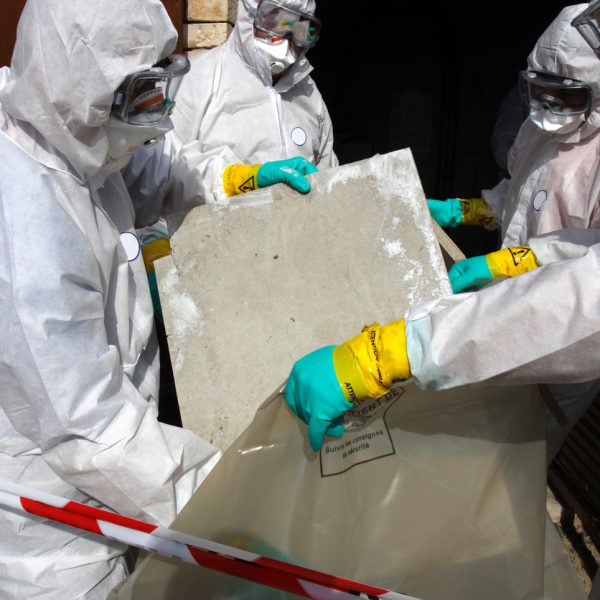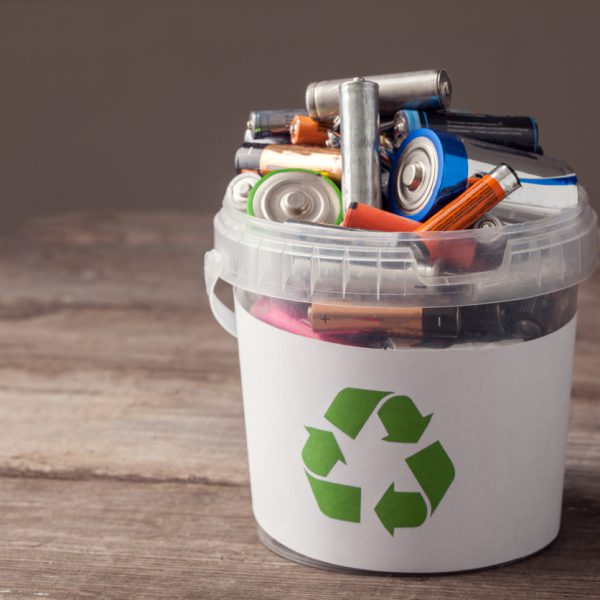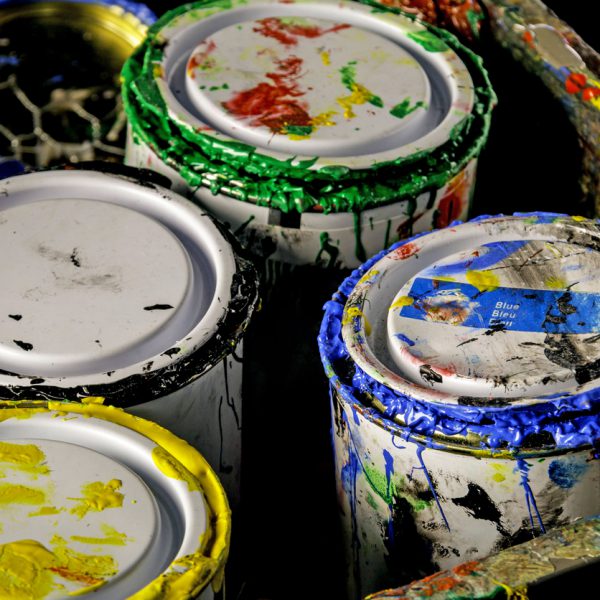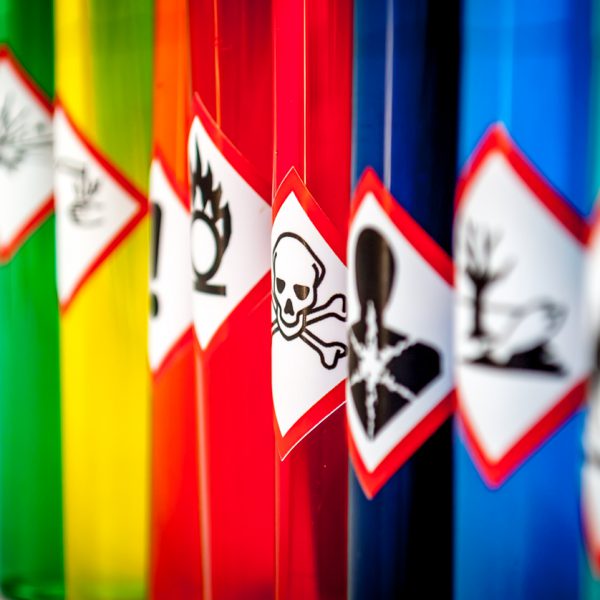We ensure that all the hazardous waste we collect is properly inventoried, tracked and stored at all times, before being disposed of in the most appropriate and responsible manner possible.
If you operate a construction or demolition site and you have hazardous waste in the area, it’s imperative that you have it disposed of by a licensed waste carrier, allowing your project to continue on schedule.
Arrange hazardous waste collection from your worksite today. Contact the Woodford Recycling team and we’ll provide professional advice and reliable service.
- Acids – Corrosive substances pose a risk to the immediate environment and should be stored and disposed of accordingly. Commonly found as chemical waste or as lead-acid.
- Adhesives – Adhesive solvents and their containers are classed as hazardous and are often found in construction and demolition.
- Aerosols – Presenting a risk of explosion, aerosols which are not fully emptied should be kept away from heat and should be disposed of separately.
- Asbestos – Found in construction and demolition, often as insulation, asbestos poses a major health risk if the fibres are inhaled.
- Batteries – Whether mixed batteries, car batteries or Ni-Cd batteries used in portable devices, these contain hazardous chemicals which should be segregated.
- Clinical Waste – Derived from healthcare, clinical waste is that which contains potentially infectious material, including anatomical waste.
- Fluorescent tubes – Found in some televisions as well as lightbulbs and lamps, these tubes contain mercury, a hazardous chemical which requires careful disposal to avoid contaminating the environment.
- Industrial Solvents
- Paints – Commonly used in construction and by homeowners, paints and varnishes contain solvents which must be kept separate from other waste to ensure they do not contaminate the environment.
- Oils – This includes oils from vehicles, interceptors and any associated components, often derived from the automotive industry. Different oils must not be mixed and should be prevented from leaking into the surrounding environment.
- Laboratory and Bulk Chemicals – Flammable, corrosive or explosive, there are many materials and chemicals from laboratories which present a hazard to people and the surrounding environment, including liquids, solids and vapours.
- Pharmaceuticals – Waste from pharmaceuticals, whether waste toxic medicine or sharps such as needles, should be collected and classified as hazardous waste.
- Rags, wipes, contaminated packaging – Any cloth or material which has been contaminated with hazardous material is itself then considered hazardous. This is commonly materials that are soiled with paints, oils and chemicals.
- Washings – Effluents from washing, such as soil treatment or even from commercial car washing, can contaminate groundwater and requires dedicated collection and disposal.
- Waste Electrical and Electronic equipment (WEEE) – Often separated for recycling anyway, extra care must be taken for waste electrical items which contain hazardous components. This includes cooling agents from white goods and anything containing batteries, circuit boards or mercury switches.













